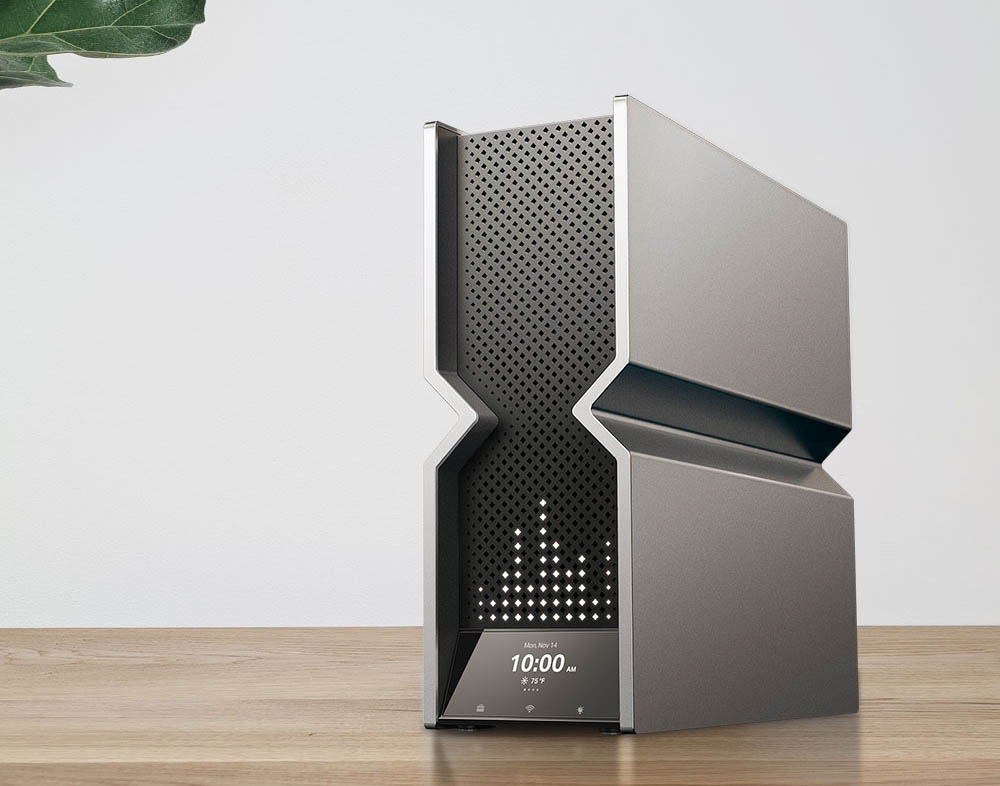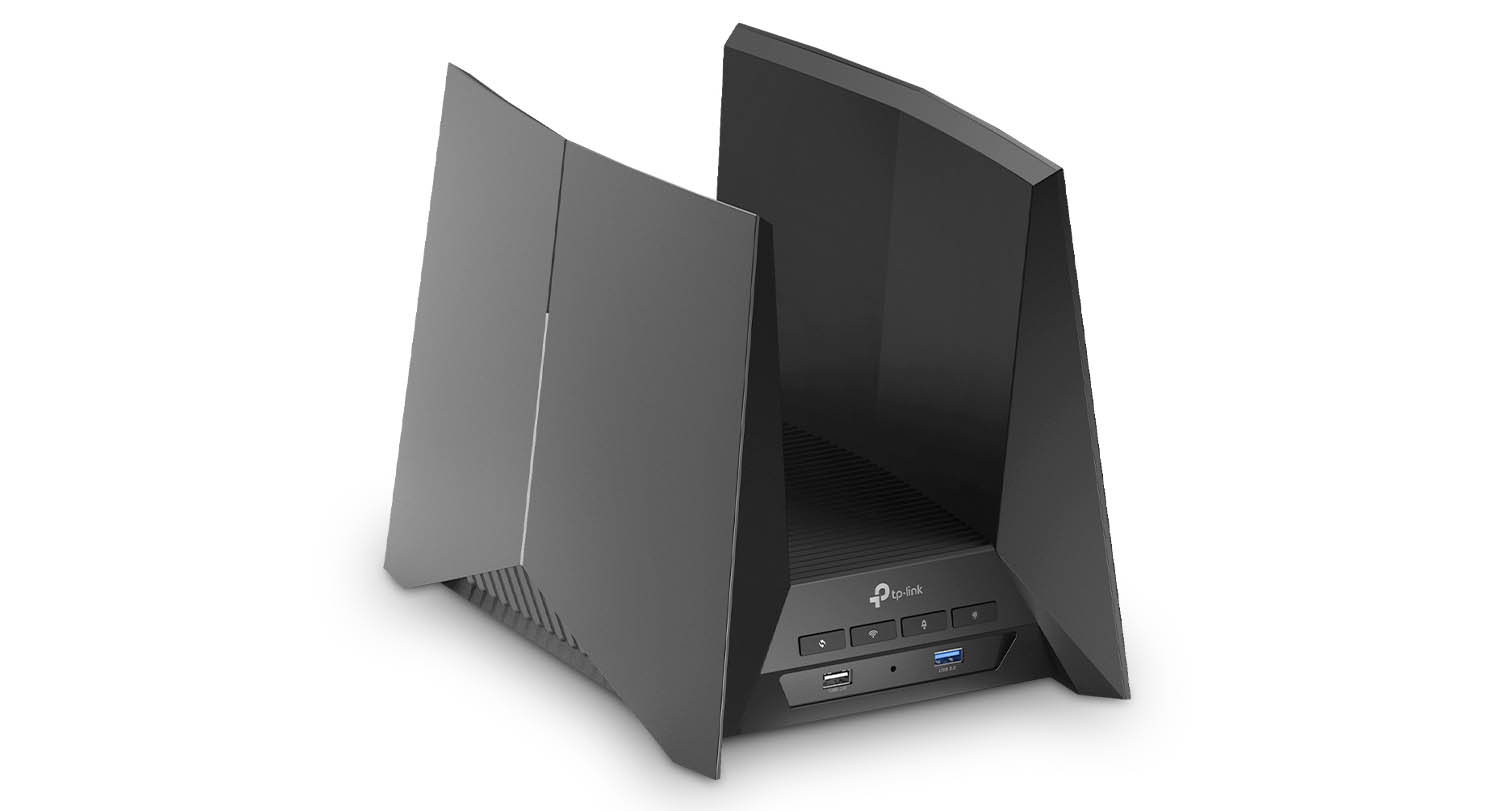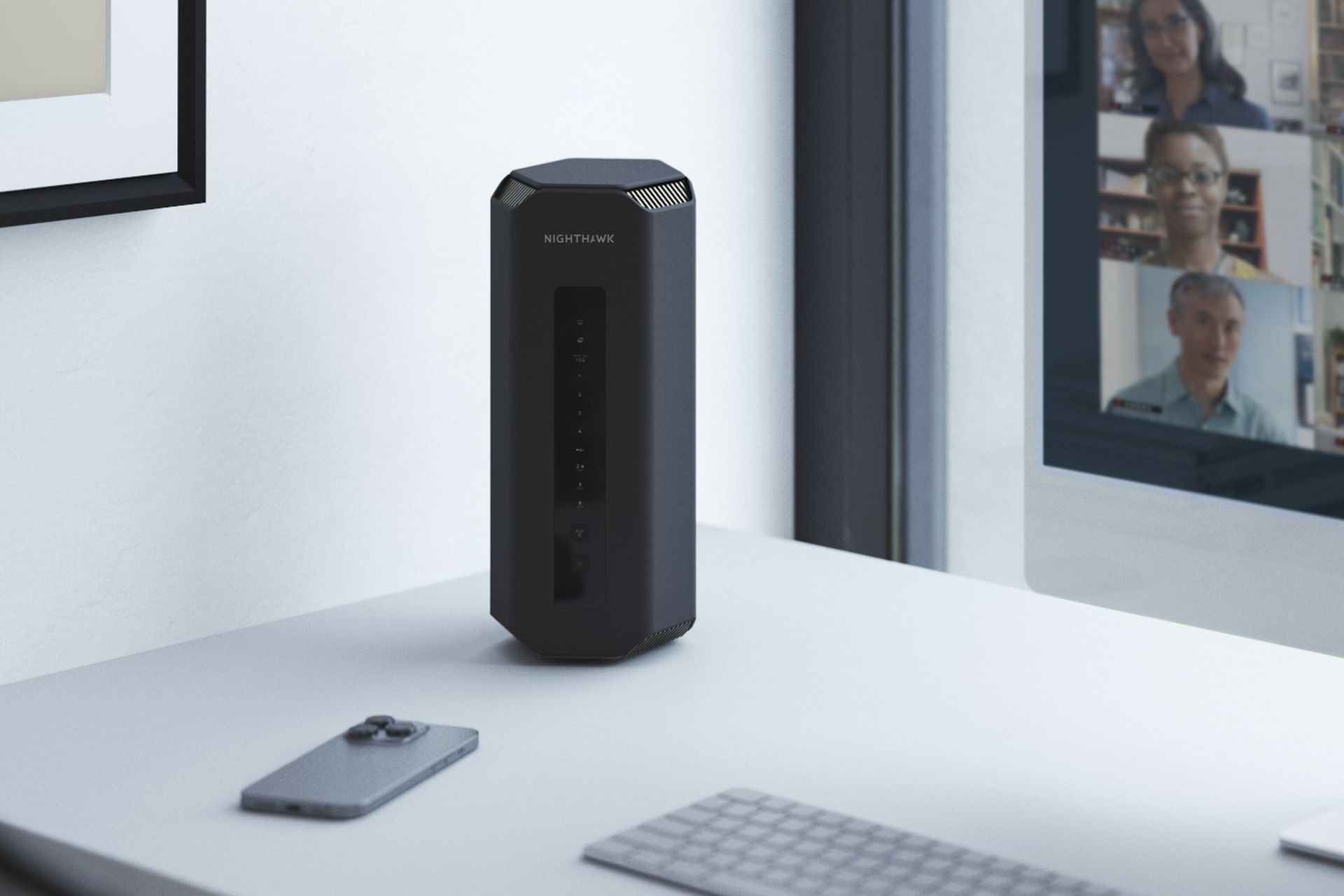WiFi 7 promises more speed and more stability for your wireless network at home. Do you need this already? And where are the first WiFi 7 routers? We run through the possibilities!
Many people have only just switched to WiFi 6 and WiFi 6E and the successor is already on its way. Even now, the latest standard promises faster and more stable connections, but if you want to improve your wireless network at home today, it won't help you much. It will be some time before sufficient equipment is available. Still, it's good to know what to expect and whether it makes sense to wait a while before purchasing your next router. If you need a router right now, we recommend looking at WiFi 6E and, for example, considering a mesh system for coverage throughout your home.
- Which Apple products work with WiFi 7?
- What is Wi-Fi 7?
- These are the benefits of WiFi 7
- When will WiFi 7 be available?
- Which WiFi 7 routers are coming?
- TP-Link
- Netgear
- ASUS
- MSI
< p>
Which Apple products work with WiFi 7?
There are still no Apple products that offer WiFi 7 support. It is true that the standard is backward compatible, so if you buy a router with WiFi 7 later this year, it will work without any problems with MacBooks and other Apple products that are still based on WiFi 5 and 6.
What is WiFi 7?
WiFi 7 is the seventh generation WiFi and promises several improvements over the current standard WiFi 6. To take advantage of all the possibilities you need a router é ;n devices such as smartphones, tablets, TVs and the like that support it
You may encounter this naming convention:
- WiFi 7: IEEE 802.11be
- WiFi 6: IEEE 802.11ax
- WiFi 5: IEEE 802.11ac
It is striking that WiFi 7, like WiFi 6E, uses the same frequency bands at 2.4GHz, 5GHz and 6GHz. And yet there are benefits because WiFi 7 uses these frequency bands more efficiently.
These are the advantages of WiFi 7
WiFi 7 is faster, supports more connections and offers lower latency. This comes in handy for watching high quality (8K) video, cloud gaming, AR and VR applications and more. You will also experience less congestion on the line and interference in places where many devices are present at the same time or in places where neighbours' networks overlap. Think of events where many people are close together, or apartment buildings where many people live in a small area. WiFi 7 offers a higher network capacity for users in these places.
WiFi 7 also offers improvements to existing technologies such as OFDMA, MU-MIMO and TWT, which were already used in previous WiFi variants.
What are the differences between WiFi 7 and WiFi 6E?
A summary of the main differences with predecessor WiFi 6E makes it even more clear what the improvements actually are and advantages of WiFi 7. It boils down to four points:
- Wider channels
- Higher QAM
- Multi-Link Operation
- Preamble puncturing
With the advent of WiFi 5, we got Multi-User, Multiple Input, Multiple Output (MU-MIMO). This ensures that several people can simultaneously use the same wireless network without any problems. WiFi 6/6E added MU-MIMO uplink support.
With WiFi 7, the number of MU-MIMO streams is increased from 8 to 16 and Multi-Link Operation (MLO) is added. This ensures that one band is no longer chosen for the data, but that the most suitable band is automatically switched (i.e. 2.4, 5 or 6GHz). It even allows simultaneous use of multiple frequency bands and channels, while providing the user with the feeling of one connection.


Plus Point 1: Wider Channels
Each frequency band is divided into several channels. The wider the channel, the more data can pass through it. This can be compared to a highway: a three-lane road can carry three times as much traffic, compared to a highway that only consists of one lane.
- 2.4GHz band: 11 channels of each 20MHz
- 5GHz band: 45 channels of 20, 40 or 80MHz
- 6GHz band: 60 channels (up to 160MHz per channel with WiFi 6E and 320MHz with WiFi 7)
WiFi 7 therefore doubles the bandwidth on the 6GHz band. More data can pass through, if both the router and the device are suitable.
Plus Point 2: Higher QAM
QAM stands for Quadrature Amplitude Modulation. It is a method of translating data packets into analog signals, after which they are sent wirelessly. The higher the QAM number, the higher the efficiency, capacity and data rate.
- WiFi 5: 256-QAM
- WiFi 6: 1024-QAM (+25% compared with predecessor)
- WiFi 7: 4K-QAM (+20% compared to predecessor)
The higher the QAM, the shorter the range. You then need a stronger signal to deliver the same performance. A twice as high QAM number therefore does not mean that the data moves twice as fast. With WiFi 6, the data speed is about 25% better than with WiFi 5.
Plus point 3: Multi-link Operation
Multi-Link Operation (MLO) provides the greatest improvement. Previously, the connection between two devices was made on a single band and on a fixed channel. The router then decides whether to use 2.4GHz, 5GHz or 6GHz. Even with a tri-band WiFi 6E route, only a single frequency band and a fixed channel are used at all times.
This is not the case with WiFi 7. MLO makes it possible to use multiple frequencies on multiple bands. So there can be two or more simultaneous channels on different frequency bands, while for the user it appears to be one connection. A WiFi 7 router can take into account congestion and interference on certain channels and switch between them by always choosing the best channel. This way you keep a stable connection with a low latency.
Plus point 4: Preamble puncturing
In addition to the points mentioned above, WiFi 7 also supports preamble puncturing. This means that a client can use spectrum that another client would normally occupy. If there is 320MHz of total bandwidth on the channel and 40MHz of this is already being used, then the remaining 280MHz will be available to someone else.
When will WiFi 7 be available?
The first routers and devices with WiFi 7 are expected in the course of 2023. If you are considering purchasing a WiFi 6E router in the long term, but you are not in a hurry, you could possibly postpone your purchase until there are WiFi 7 routers. Your current devices with WiFi 5 and 6 are supported, so you don't have to buy a new iPhone right away. And it is also questionable whether the iPhone 15 series has WiFi 7 support.
But even if WiFi 7 becomes available, WiFi 6 will not disappear immediately. Both variants will coexist for several years, because people do not renew their routers every year.
Which WiFi 7 routers are coming?
Also on this point we have to disappoint you: there are no routers available with WiFi 7 yet. But they have already been announced! TP-Link, Netgear, ASUS and MSI, among others, will put their products in the shops in the course of 2023.
WiFi 7 routers from TP-Link
TP-Link has announced a complete line of WiFi 7 routers, including the top model Archer BE900 of 600 euros. This is a quad-band model with a 6 GHz band with speeds up to 11 Gbps, two 5 GHz bands and a 2.4 GHz band. It has a striking X-shaped design and an adjustable LED grid with touch-sensitive screen. The combined speed is 24 Gbps. This is not the highest speed achievable, by the way, because Qualcomm has a quad-band WiFi 7 chipset that can deliver up to 33 Gbps over 16 streams.
View: TP-LINK Archer BE900 at Amazon


For people who want extreme performance there is the quad-band TP-Link Archer BE24000 in the same X-shaped design, but with a combined bandwidth of 24.4 Gbps. It is equipped with LCD touch screen for important information about the system, local time and temperature and so on. It has 12 internal antennas, two 10 GbE ports and four 2.5 GbE ports.


In addition, TP-LINK will release the Archer GE800 router for gamers and three mesh systems in the Deco line. The top model mesh system is the Deco BE95, which will cost more than a thousand euros for two pieces.
See also 


Which mesh system is right for you? These are your options for better WiFi coverage at home
Are you looking for better coverage for your WiFi network at home? Then a mesh system might be something for you. In this guide we explain how a mesh network works and which mesh systems are available.
WiFi 7 routers from Netgear
One of the first products is the Netgear Nighthawk RS700, a tower-shaped router in a matte black color. The design differs from the spaceship-like routers that Netgear released since 2018 and is now more similar to competitors such as the AmpliFi Alien or the Linksys Velop. It is Netgear's first WiFi 7 router.


There are eight internal antennas in the Netgear Nighthawk RS700, four for transmitting and four for receiving data. You have coverage throughout your home with support for up to 200 devices. With a future software update, it will be possible to place multiple columns to create a mesh network, if you have a very large house.
WiFi 7 routers from ASUS
ASUS announced the ASUS ROG Rapture GT-BE98 and RT-BE96U at CES 2023. These look like a giant plastic spider. The BE98 has a single 2.4 GHz band, two 5 GHz bands and a 6 GHz band. You can get up to 25,000 Mbps bandwidth with it. The RT-BE96U is similar, but only has one 5GHz band.


WiFi 7 routers from MSI
Finally, MSI, which has announced the RadiX BE22200 Turbo. This is also a striking router with four antenna blades that protrude from the base. These can move physically, to make the best possible connection. If everyone is in the same corner of the house, the antenna blades will also point in that direction. The MSI RadiX BE22000 Turbo, as the name suggests, supports speeds of up to 22,000 Mbps across three frequency bands. There are also two 10 GbE ports and four 2.5 GbE ports on it. The other routers that MSI has announced for this year work on WiFi 6/6E.


Linksys has indicated “excited” to use Qualcomm's WiFi 7 chips, but hasn't announced any concrete routers as far as we know. The same goes for D-Link.
Not ready for WiFi 7 yet? Then view our overview of WiFi 6 routers and all information about WiFi 6E.
Also view 


With these WiFi 6 routers your household will stay up to speed
WiFi 6, also called Wireless AX, improves your wireless network. You need a WiFi 6 router for this, so that you can take advantage of all the benefits. These are the WiFi 6 routers of the moment!